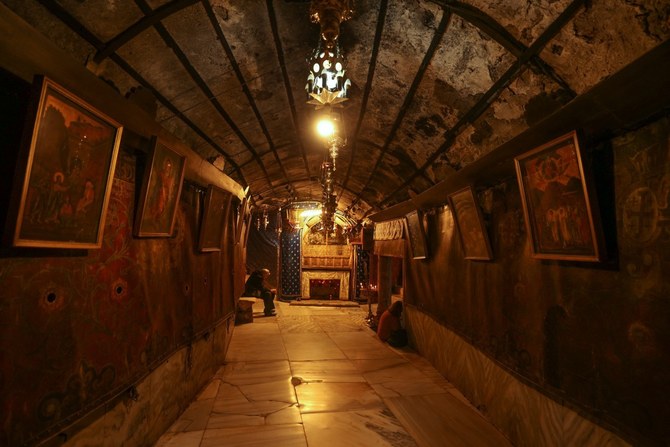
England’s opponents in the last 16 are Slovakia, the team ranked 45th in the world and making their second appearance in the knockout stage of a European Championship. They generally impressed in qualifying from Group E, with some standout performers, but are not without their vulnerabilities. Here, we look at how they break down and what England should watch out for.
The story so far
Slovakia began the tournament in Frankfurt and immediately provided a shock, beating Belgium 1-0 thanks to a clever goal from Ivan Schranz. It was far from a smash and grab but Slovakia had to endure an awful amount of pressure and had Romelu Lukaku had his shooting boots on (and VAR looked more favourably on matters) they may not have emerged with what proved a crucial win. Schranz scored again for an early lead against Ukraine but their opponents fought back in the second half and edged out a 2-1 victory. A 1-1 draw in the final match against Romania suited both teams, but Slovakia were dangerous and scored a great goal courtesy of Ondrej Duda.
Tactical approach
The base formation is 4-3-3, with full-backs David Hancko and Peter Pekarik getting up the pitch in possession and outside the wide forwards Schranz and Lukas Haraslin. Slovakia are happy to play direct, with Schranz and Haraslin the main targets and the long-range distribution of defender Milan Skriniar is a distinct weapon. Off the ball the key is the coverage provided by the midfield of Duda, Stanislav Lobotka, and Juraj Kucka. This trio cut out the connection to Kevin De Bruyne against Belgium and denied the surges of Romania’s midfield trio on matchday three. Hancko and Pekarik have also proved effective in denying crosses into the box.
Strengths
There is clearly a connection between the team and their coach, Francesco Calzona, who speaks well and generates a sense of togetherness despite being an Italian import. The players are suited to his direct approach and they have a number of technical players in the midfield and forward areas able to move the ball quickly, as shown by Kucka’s superb first-time cross from deep for Duda’s goal against Romania. The same abilities mean they are also a threat at set pieces while the timing of their runs from midfield and out wide are smart. Slovakia are an experienced team – they have put out the starting XI with the highest average age in Germany – and have shown no fear in their matches.
Weaknesses
The flip side of this experience is that they can run out of legs, which they did against Ukraine as they tried to hold on to a lead. They have outperformed their xG against, meaning they should have conceded more goals to this point than they have (anyone who watched the Belgium game would know that) and, in a striking stat, they have also made the fewest tackles of any side in the competition, bar England. That may be because the Slovaks have a good shape but the eye test suggests that they can be played through. Finally while the interactions throughout the team are strong there is one glaring exception; up front. Neither first choice Robert Bozenik nor his replacement against Romania, David Strelec, have impressed to this point, each unable to either link play or provide an effective goal threat.
Key men
Lobotka has twice been named man of the match, a reward for his ubiquitous presence across the field and his metronomic passing. But the captain Skriniar, despite a season of injury and poor form at Paris Saint-Germain, is the key figure both on and off the ball. As mentioned, part of his job is to progress the ball for his team, either to Lobotka or Duda or wide left to Haraslin. His completion rate for short and medium passes (according to FBref) is 97% and his long-range delivery has been successful more than half the time. Out of possession meanwhile he has been dominant, leading the side in both blocks and clearances. His performances might explain some of Slovakia’s statistical discrepancies and if England are to improve on their meagre goal total and progress to the quarter-finals, they will have to get past him first.












